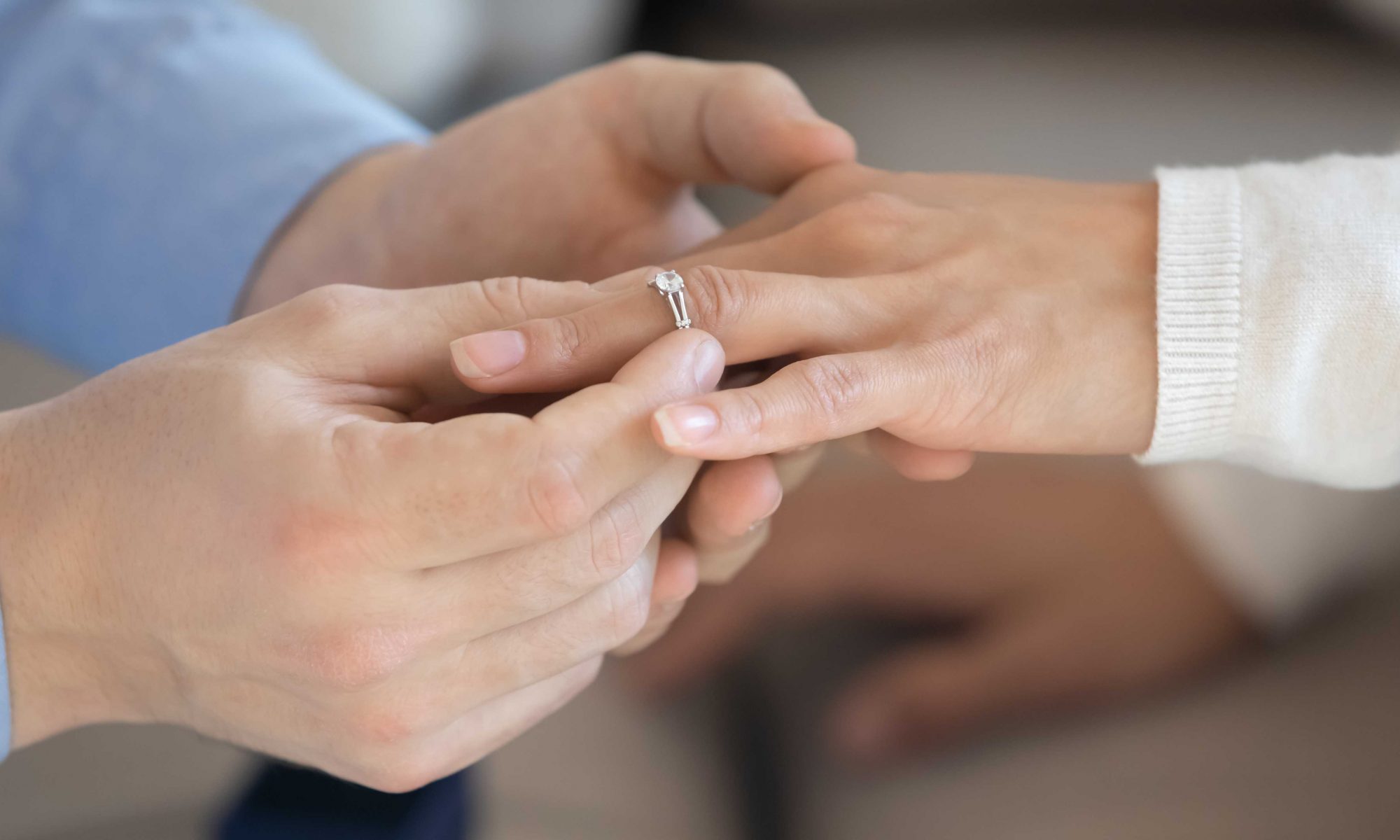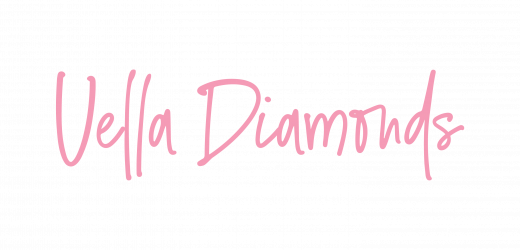
HOW TO READ YOUR GIA DIAMOND GRADING REPORT
September 02, 2021
If you intend to purchase a diamond on its own or even diamond rings, it’s important that you purchase a GIA diamond. After all, with a GIA-certified diamond, not only will you be able to easily trace it if you ever lose it but it’s also guaranteed that the diamond will be natural and one of quality make. When you purchase a GIA graded diamond, the stone will usually come with a certificate or a report that verifies the examination done by the Gemological Institute of America and as the diamond’s owner, it’s highly recommended that you learn how to read and understand it.
Here’s a guide on how to read your GIA diamond grading report.
Date
– When you look at your GIA diamond grading report, one of the first things you’ll see is the date, which indicates when exactly the diamond was examined and certified by the GIA.
Report Number
– After the date, you’ll see the report number in your diamond’s GIA certificate. According to expert jewellers, this number will always be unique from each GIA graded diamond and is registered in their extensive global database. If you ever lose your diamond, this is the number you can use to track the stone down.
Shape and Cutting Style
– The shape and cutting style of your diamonds are important, especially if you intend to use it for your diamond rings. Thankfully, these will always be indicated in your diamond grading report and will be the third thing you see from the diamond’s date of examination.
Measurements
– Apart from the date, report number, and shape and cutting style of the diamond, the GIA diamond grading report will also list the diamond’s measurements in the certificate. If you have a round cut diamond, they’ll list the measurements as “minimum diameter – maximum diameter x depth”. For fancier diamonds, meanwhile, the measurements will be listed as “length x width x depth” instead.
Carat Weight
– After the measurements, the GIA certificate will now begin listing how well your diamond did with the 4Cs, starting with the carat weight. As such, you can find the diamond’s weight given in carats, recorded to the nearest hundredth of a carat in your diamond grading report.
Color Grade
– After the carat weight, the diamond’s color grade, ranging from the D to Z scales, will also be indicated in the certificate. If your diamond is in the D to F scale, it means it’s colorless with anything below those showing slight signs of color. If there’s an “*” next to the color grade, meanwhile, it means that there was a color treatment detected in the stone. If you intend to use your diamonds for diamond rings, this is one of the qualities you need to look at as it can affect the diamond’s overall look.
Clarity Grade
– Clarity is the relative absence of inclusions and blemishes on the diamond and as such, when you take your stone to be graded by the GIA, it’ll be included in the grading report. At this stage, your diamond will be graded on a scale from Flawless to Included based on its size, nature, number position, and characteristics visible under 10x magnification.
Cut Grade
– On the other hand, a GIA certification will also indicate the diamond’s cut grade in the report. When it comes to this, the aspects of the diamond’s face-up appearance, design, and craftsmanship will be included and graded on a scale from Excellent to Poor.
Polish
– Also included in the GIA diamond grading report is the diamond’s polish, which is the smoothness of the diamond’s surface and like the Cut grade, is also assessed on a scale that ranges from Excellent to Poor.
Symmetry
– Once again, if you intend to use the diamonds to make custom diamond rings, symmetry is another important aspect that you need to consider. And when you have a diamond graded by the GIA, its symmetry will also be included based on the exactness of the diamond’s outline, its shape, placement as well as the alignment of its facets. Like before it is also graded on a scale ranging from Excellent to Poor.
Fluorescence
– Other than the aforementioned items, the diamond’s fluorescence will also be included in your GIA certificate. When it comes to fluorescence, it speaks of the stone’s strength and color when viewed under a long-wave ultraviolet light and is also used for identification purposes. According to expert jewellers, the fluorescence of a diamond can range from Indiscernible to Very Faint.
Inscriptions
– Any texts, logos, symbols, or even a unique GIA report number that will be inscribed on the diamond’s girdle will also be included in its GIA certificate.
Comments
– When you have your diamond certified by the GIA, any comments on the diamond’s additional identifying characteristics or features such as laser drilling will be included in this portion of the report.
Proportion Diagram
– After the comments, you’ll notice the section labelled as Proportion Diagram. According to diamond pros, this is the graphic profile representation of the diamond’s actual proportions, giving you an in-depth look at some of your diamond’s characteristics.
Plotted Diagram
– On the other hand, there’s also the plotted diagram, which approximates the shape and cutting style of your diamond. Any symbols seen on the grading report indicate the type, nature, position, and approximate size of your diamond’s clarity characteristic.
Key to Symbols
– When you look at the plotting diagram, you’ll notice a few symbols scattered about on the illustration and some might be confused at what they mean. Luckily, thanks to the key to symbols included in the diamond report, you can easily decipher what those symbols mean.
GIA Color Scale
– This illustrates how the GIA grades diamond colors and their relative positions in the GIA’s Diamond Color Grading System.
GIA Clarity Scale
– This section illustrates the Clarity grades of the GIA and their relative positions on their Diamond Clarity Grading System.
GIA Cut Scale
– This illustrates the GIA’s Cut grades and their positions on the Diamond Cut Grading System of the GIA. If your diamond has a standard round brilliant cut, this is only available in the D to Z color range and Flawless to I3 clarity range.
Security Features
– Security is very important for diamond owners, especially if you intend to use it as an investment for custom diamond rings. Thankfully, if you have your diamond graded by the GIA, the grading report will also include various security features such as microprinting, security screens, watermarks, a two-dimensional barcode, hologram, and sheet numbering to safeguard the report’s integrity and ensure the document’s authentication at the same time.
QR Code
– Finally, you’ll also find a QR code on your GIA diamond grading report. When scanned, this will verify the data on the report against the GIA’s database.
Looking for expertly crafted diamond rings to propose with? Don’t hesitate to turn to Vella Diamonds. When it comes to bespoke jewellery and GIA certified diamonds, we are the number one experts to turn to. Not only do we have years of experience in dealing with wedding and engagement rings but we are also committed to helping you find the best piece to present to your most special person. You can rely on us! You may visit our website to learn more about diamonds and gemstones or see our selection of wedding and engagement rings!
